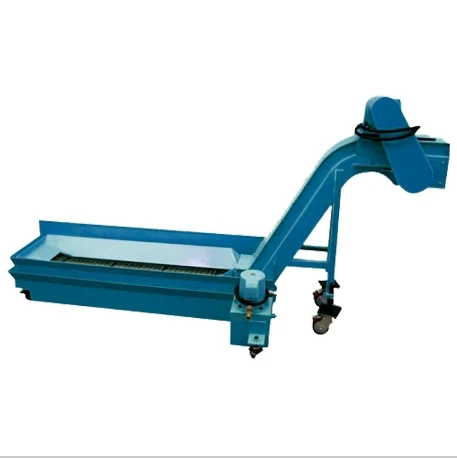toothed belt drive
The Toothed Belt Drive A Comprehensive Overview
The toothed belt drive, also known as a timing belt drive, is a critical component in various mechanical systems, most notably in automotive engines and industrial machinery. Unlike traditional belt systems, which rely on friction to transmit motion, toothed belt drives use a series of teeth that interlock with corresponding grooves, ensuring precise synchronization between components. This article delves into the workings, advantages, applications, and maintenance of toothed belt drives.
Working Mechanism
Toothed belt drives are designed to transfer motion and power between two or more pulleys. The primary components of a toothed belt system include the toothed belt itself, the pulleys with teeth corresponding to those on the belt, and often a tensioning system to maintain the necessary force. When one pulley rotates, the teeth on the belt engage with the teeth on the driving pulley, pulling the belt and consequently turning the driven pulley. This interlocking mechanism minimizes slippage, making toothed belts especially efficient for applications requiring high precision.
Advantages of Toothed Belt Drives
1. Precision and Synchronization One of the most significant benefits of toothed belt drives is their ability to maintain precise timing between rotating components. This attribute is particularly crucial in automotive engines, where exact timing of the camshaft and crankshaft is vital for engine performance.
2. Low Maintenance Compared to other mechanical systems, toothed belt drives require less maintenance. They do not require lubrication like chain drives, which may need periodic oiling to manage wear and tear. As a result, toothed belts often have a longer lifespan with minimal upkeep.
3. Noise Reduction Toothed belts typically operate more quietly than chain or gear systems. This characteristic makes them an ideal choice in applications where noise levels need to be kept to a minimum, such as in office equipment or home appliances.
4. Lightweight Design The materials used in toothed belt manufacture (such as fiberglass or polyester cords with rubber) make them relatively lightweight. This advantage can lead to reduced energy consumption and enhanced efficiency in applications where weight is a vital consideration.
toothed belt drive

5. Wide Range of Applications Toothed belt drives can be found in various applications, from automotive to industrial equipment. They are commonly used in CNC machines, robotics, 3D printers, and even in household appliances like washing machines.
Applications in Automotive and Industry
In automotive engineering, toothed belt drives serve as timing belts connecting the crankshaft to the camshaft. This linkage ensures that the engine's valves open and close at the right intervals, contributing to performance and efficiency while preventing engine damage. Many manufacturers recommend replacing the timing belt at specific intervals to avoid potential engine failure, making awareness of maintenance crucial for vehicle owners.
In industrial settings, toothed belt drives are prevalent in automation equipment, conveyor systems, and tooling machines. Their ability to handle high torque loads while maintaining positional accuracy makes them a preferred choice among engineers and designers. For example, in CNC machining, the precise movement of the cutting tool is essential, and toothed belts facilitate this with extreme accuracy.
Maintenance Considerations
Although toothed belts are low-maintenance components, some care is necessary to ensure their longevity. Regular inspections for wear, cracks, or misalignment can help detect issues before they lead to failure. Additionally, proper installation and tensioning of the belt are crucial; an incorrectly tensioned belt can cause premature wear or slippage, negating its advantages.
Conclusion
The toothed belt drive system has become an indispensable technology in modern machinery. Its advantages of precision, low maintenance, and diverse applications make it a favored choice in both automotive and industrial sectors. With ongoing advancements in material science and engineering, the evolution of toothed belt drives is expected to continue, enhancing their performance and expanding their applications. Whether you are an engineer, a technician, or an automotive enthusiast, understanding toothed belt drives is essential in navigating the complexities of modern mechanical systems.








